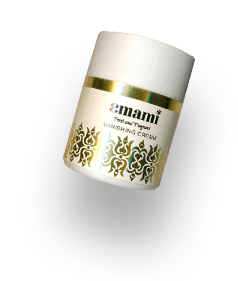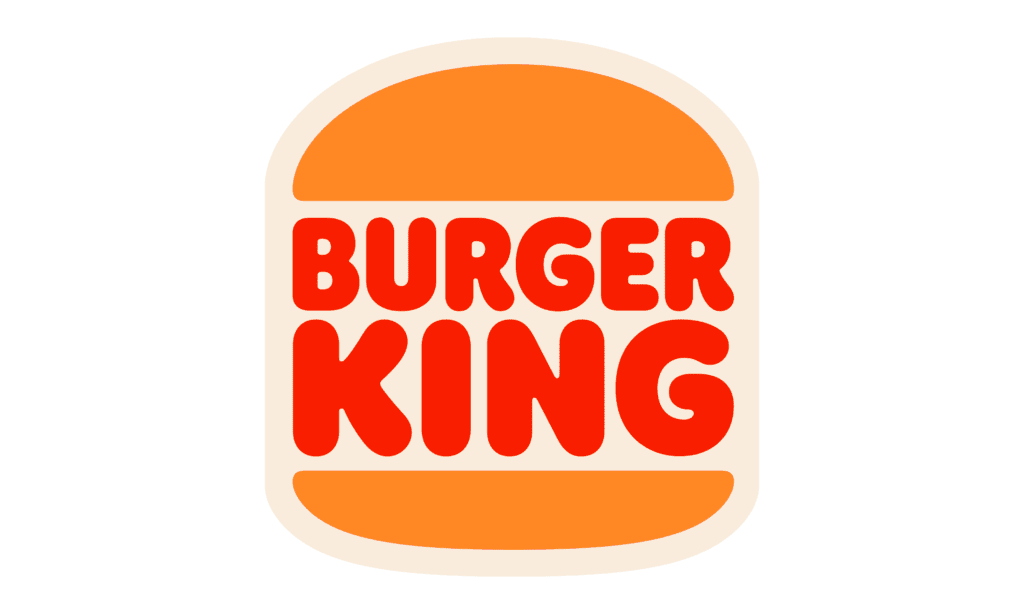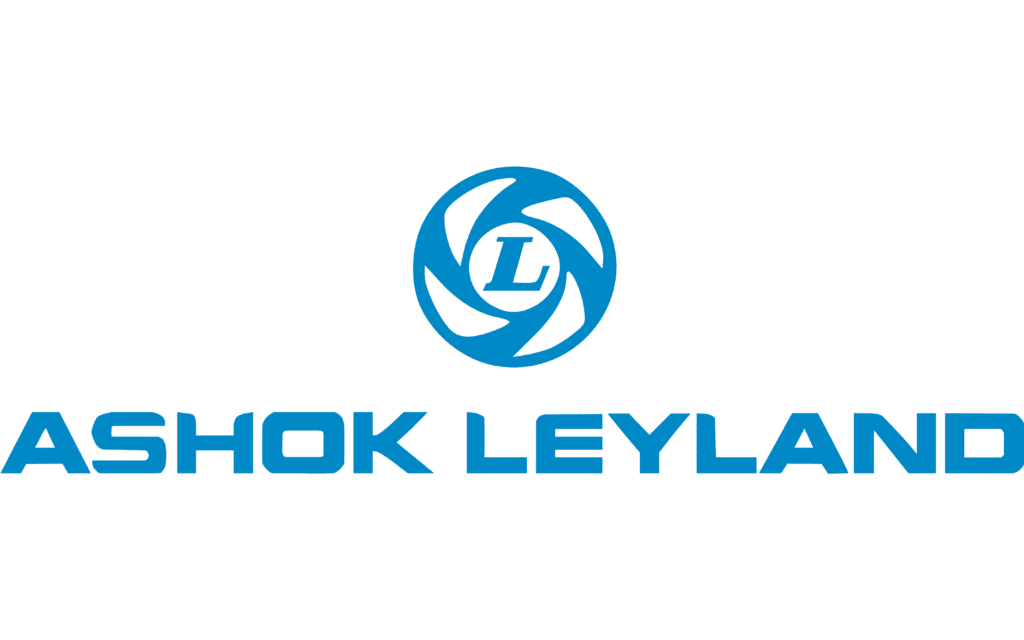Unforgotten Brands – Emami

Emami exemplifies the potential of Indian enterprises and their ability to compete with MNCs. It has grown brands to unprecedented success
Radheyshyam Goenka enrolled at Maheshwari Vidyalaya while he was in the fifth grade. Radheyshyam Agarwal was his junior by one year. Hariram Poddar, who was Agarwal’s classmate and Goenka’s neighbour, introduced the two. They hit it off right away, and Agarwal began making regular or near-daily visits to Goenka’s house to help with schoolwork.
Keshardeo, Radheyshyam Goenka’s father, kept his children always on edge due to his temper and fixation on discipline, but he liked the Radheshyam pair, however. He made kachoris, especially for Radheyshyam Agarwal.
After earning his Bachelor of Commerce in 1964, Agarwal immediately enrolled in and completed the Chartered Accountancy programme, which he did with honours on his first try. Just one year after finishing his Bachelor of Commerce, Goenka went on to get his Master of Commerce and a Law Bachelor’s degree.
Agarwal, who is naturally aggressive, chose to join Goenka to practice law after realising he wanted to sharpen his legal knowledge. Agarwal had enrolled at St. Xavier’s College, a posh institution for the privileged children of the convent, to pursue his bachelor’s degree. Students from Burrabazar’s Hindi-medium schools attended City College.
Agarwal, however, was determined to buck this trend. He took great pains to improve his English and secured a spot at Xavier’s. The rough-and-tumble Marwari youngster with his shaky English was at first ignored by the other students. His charm and humour made him a class favourite, and he could put a smile on anyone’s face.
Goenka followed in the footsteps of other Marwari youths by enrolling in City College. He was a typical student who lacked enthusiasm for learning.
The two had both graduated from college by 1968. But their actual education had started a long time before that. The two would lose themselves in the used bookstores on College Street for hours when they were still students, poring over cosmetic chemical formulations. What they found to be quite popular at Burrabazar was the inspiration for their idea to produce these items. Even before they graduated from college, Agarwal and Goenka started experimenting with several different enterprises. They dabbled with a lot of different things, from repackaging Isabgol and toothbrushes to dealing in the famed Jessore combs to making board games like Ludo—a process in which Agarwal would make homemade glue for cheap and sit down with workers to paste the boards. The two would hawk their wares from store to store in Burrabazar on hand-pulled rickshaws, despite their hectic educational schedules. However, the duo’s ideas were always limited by a lack of funds, and success remained elusive because of this.
It took almost three years of battling before they realised their enterprise wouldn’t thrive without sufficient initial capital. And that’s when Keshardeo, stepped in to save the day. He formed a 50/50 partnership with his son and friend and gave them a substantial quantity of money, Rs 20,000. Thus, Kemco Chemicals came into being.
A little factory at 48 Muktaram Babu Street, North Calcutta, close to the grand Marble Palace, was the original site of operations.
Kemco Chemicals
However, things were far from easy in the beginning. Goenka and Agarwal saw the total depletion of their funds within the first year of establishing Kemco Chemicals. Credit was the lifeblood of the company, and as fate would have it, some customers duped them. The need to maintain accurate records was the most important takeaway from this setback.
The two returned to Keshardeo to inform him they wanted to end things. He made it clear that they better not give up. He provided them with a further capital of Rs 1 lakh.
The years 1968–1978 were quite fruitful for Kemco Chemicals. The company repackaged Bulbul and Kanti Snow, Pomade (also known as “the poor man’s Vaseline”), and other inexpensive cosmetics that were well-liked in the nation’s early cosmetics sector. The two would sell complete cartons to Burrabazar wholesalers for as cheap as Rs 36 gross, or Rs 3 per dozen, but their margins were slim. Even after a few years had passed, Kemco’s growth had slowed to a crawl.
Working for Birla’s
Around the same time, both of them wed and took on more duties as husbands. Both were desperate for a rise, so they jumped at the chance to join the Birla Group, the preeminent business company in Calcutta at the time. By the time they left five years later, Goenka had become head of the income tax department at the K K Birla Group, and Agarwal had become vice president of the Aditya Birla Group.
They had been introduced to the inner workings of a major corporate setup like the Birla Group. Goenka and Agarwal understood that to break into the big league, they would need to distinguish their product line, think creatively, and increase their profit margins. In a very competitive market with many unorganised sellers of similar items, it was the only option available.
Emami
Imported cosmetics with names that seemed exotic were all the rage back then. Even though the Licence Raj forbade these kinds of luxury goods, there was still a sizable hidden market for them. The 140 percent excise tax meant that most individuals couldn’t afford the imported varieties. The two took advantage of the situation and established the Emami brand. It sounded Italian, but it had no meaning. Emami became a household name quickly after launching the new brand’s cold cream, vanishing cream, and talcum powder, all of which were met with remarkable market reactions.
Some of their actions were commendable. Unlike its competitors, Pond and HUL, Kemco couldn’t afford to engage in costly advertising and promotional campaigns. Consequently, all it did was repackage old wine. The package was completely redone. Tin cans with the brand name screen printed on them used to be the standard packaging for talcum powders. It was unattractive in every way. As an alternative, Emami was first sold in India in blow-molded plastic containers with phototone labels. As far as anybody could tell, the exquisite ivory container with golden labelling had come from another country.
They benefited greatly from the fact that an MRP (maximum retail price) label wasn’t required by the Indian government back then. Store owners would be rushing to maintain inventory of their goods, especially talc since it was so popular. People would pay up to 400% more for Emami talcum powder if Ponds allowed them a 10% retail margin on the goods, just because they assumed it was imported. The products were in high demand, and numerous nearby stores were requesting them as well.


Market heavyweights like HUL were taken aback by Emami’s success; they even discreetly inquired about the process of blow moulding. An official from their firm even dropped into Emami’s plant to see what tricks the brand was planning to pull. Other products from the same firm were also quite popular. In a matter of months, the vanishing cream had Ponds competing head-to-head, and within a couple of years, its market share had increased to 25%, solidifying its position as the leader. Additionally, the sachets of cold cream were quite popular. The value of branding and packaging, which would eventually be the foundation of Emami’s success, was taught to the partnership by their early success.
In 1978, they bought Himani. As a rival to GD Pharmaceuticals Pvt. Ltd.’s Boroline, the legendary antiseptic cream brand that is still widely used in almost every Bengali home, Himani introduced their first flagship brand, Boroplus Antiseptic Cream, in 1984.

Boroplus, which is lighter and less sticky than Boroline, became the main brand outside of West Bengal, but Boroline is still very popular in the state. Boroplus asserts that it now controls around 74% of the national market for antiseptic creams.
Over the years, Emami has gone from strength to strength, growing organically and inorganically. Emami is a master at building household names. Smart acquisitions have satisfied its need for quicker expansion. Any aspiring Indian business owner would do well to study Emami’s narrative of success.



